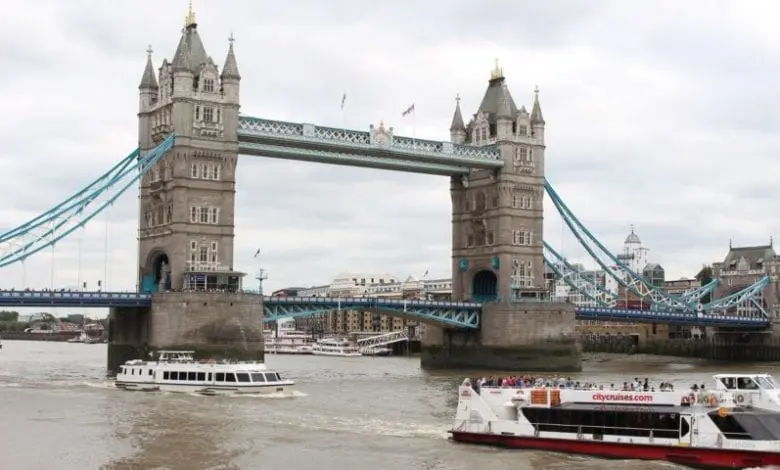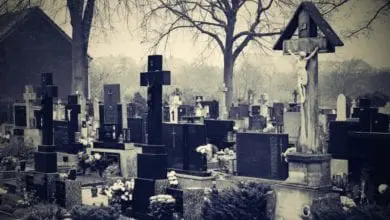Death on holiday: the rise of dark tourism

A light stroll through a derelict grey town filled with the abandoned possessions of those that fled the spewing radioactive fallout of one of the largest nuclear disasters in recent history. Gracefully floating in a rubber ring in the clear water surrounding the Famagusta demilitarised zone.


